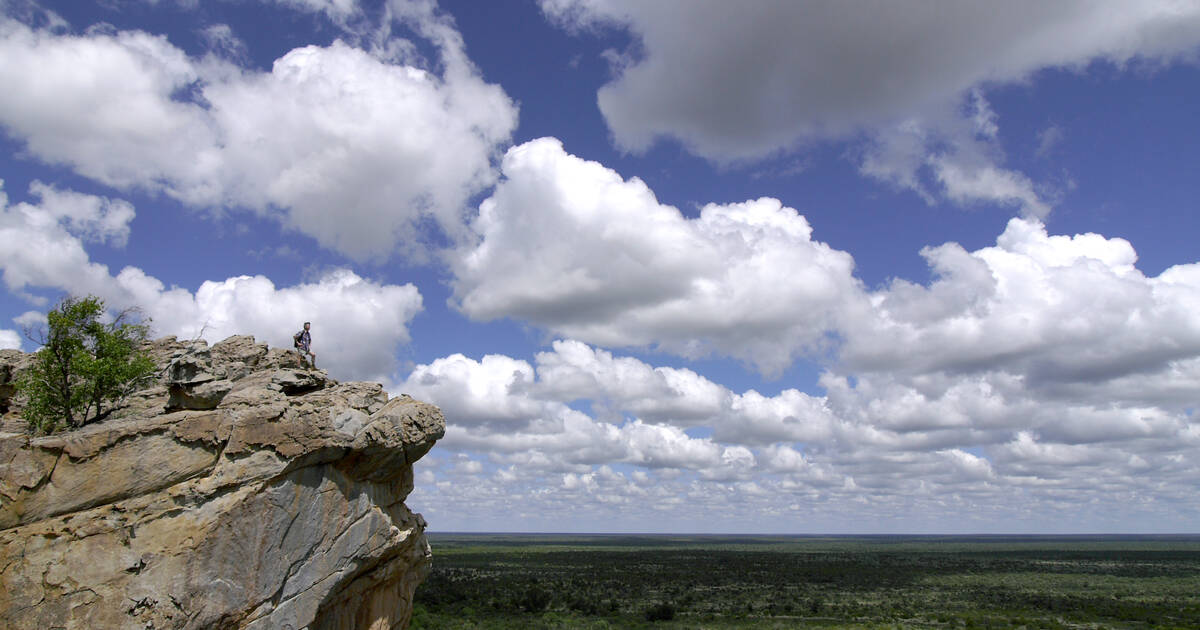
Exploring the Tsodilo Hills
The Tsodilo Hills, often referred to as the "Louvre of the Desert," are a UNESCO World Heritage Site located in northwestern Botswana. This remarkable site is home to one of the highest concentrations of rock art in the world, with over 4,500 paintings spread across four hills.
Quick Facts:
- UNESCO World Heritage Site since 2001
- Over 4,500 rock paintings
- Inhabited for at least 100,000 years
- Sacred site for the San people
The Four Hills
The Tsodilo Hills consist of four main hills, often referred to as the "Male," "Female," "Child," and "Grandchild." The Female hill is the largest and most significant in terms of rock art.
Ancient Rock Art
The rock paintings at Tsodilo Hills provide a unique glimpse into the lives and beliefs of ancient peoples who inhabited this area. The artwork depicts various animals, hunting scenes, and ritual dances, some dating back more than 20,000 years.
Cultural Significance
The hills hold great spiritual significance for the San people, who believe them to be the site of the first creation. Many of the paintings are thought to have religious or spiritual meanings.
Visiting Tsodilo Hills
Visitors to Tsodilo Hills can explore the site with local guides who provide insights into the history and significance of the rock art. The area also offers hiking trails and camping facilities for those who wish to immerse themselves in this ancient landscape.
Travel Tips:
- Best visited during the dry season (May to October)
- Hire a local guide for the best experience
- Bring plenty of water and sun protection
- Respect the site's cultural and historical importance
The Tsodilo Hills offer a unique blend of natural beauty, ancient history, and cultural significance. A visit to this remarkable site provides a deeper understanding of Botswana's rich heritage and the enduring legacy of its earliest inhabitants.